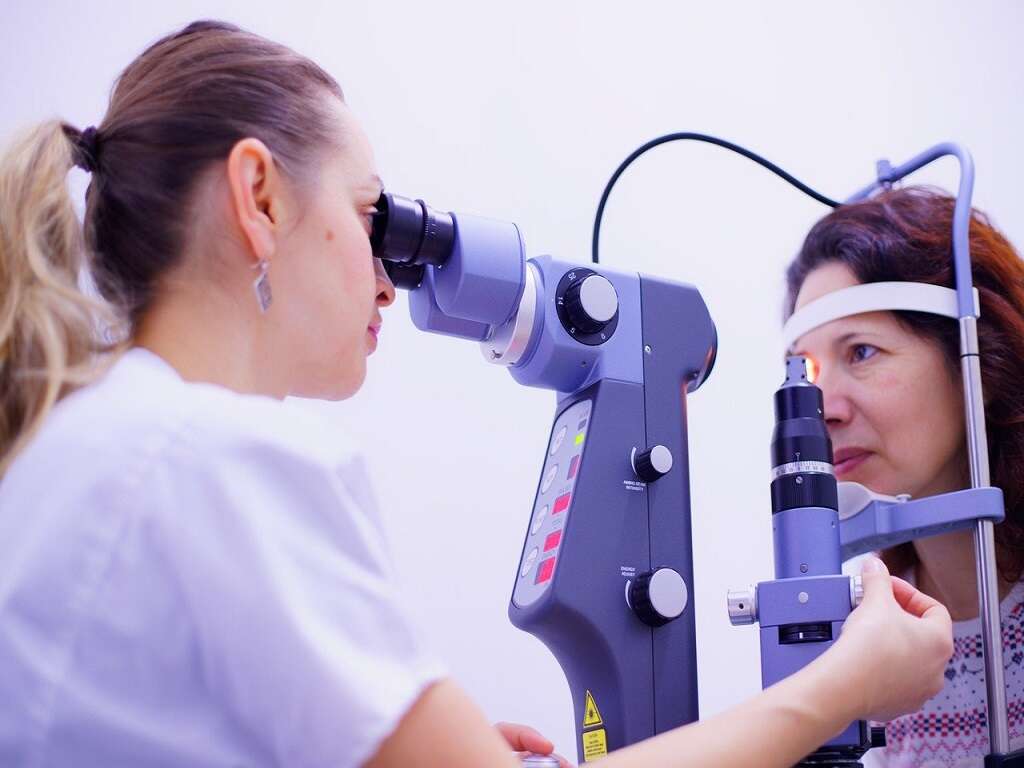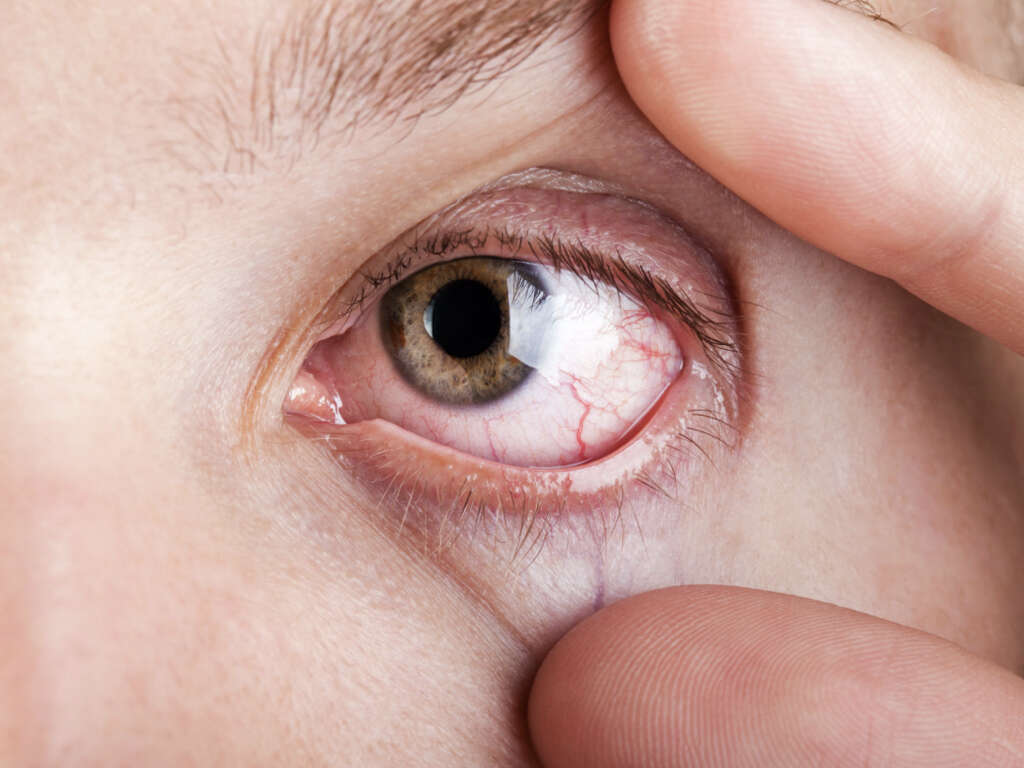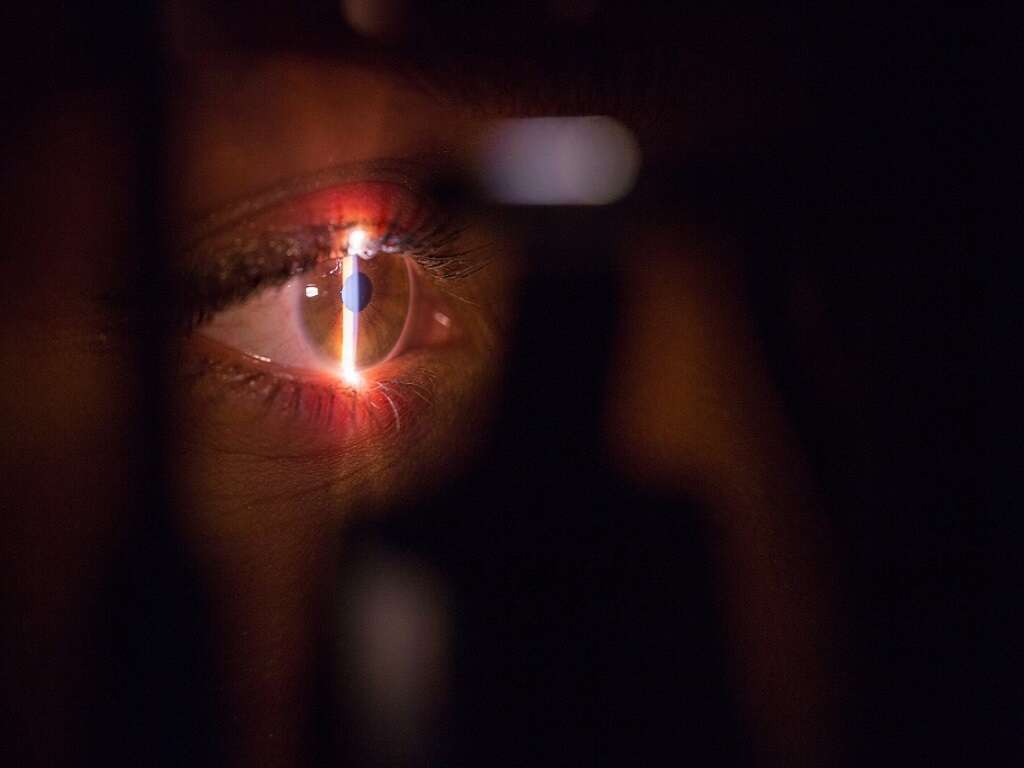10 Common Causes of Double Vision
 Article Sources
Article Sources
- 1. Edsel B Ing, M. (2020, June 11). Ophthalmologic Manifestations of Myasthenia Gravis. Retrieved November 18, 2020, from https://emedicine.medscape.com/article/1216417-overview
- 2. Neeraj N Mathur, M. (2020, May 12). Orbital Fractures. Retrieved November 18, 2020, from https://emedicine.medscape.com/article/867985-overview
- 3. Suhr, C. L., OD, Chubb, L., OD, & Himmelein, L., OD. (2019, August 15). Top Causes of Double Vision. Retrieved November 18, 2020, from https://www.reviewofoptometry.com/article/top-causes-of-double-vision
Double vision, also known as diplopia, can be defined as the concurrent perception of two images of a single object. This condition can have many underlying causes; however, a thorough physical examination and a detailed history of the patient can help the physician to make an accurate diagnosis. Importantly, there are two types of diplopia: monocular and binocular. In fact, it is one of the first aspects of diplopia that a physician must determine during an assessment. Hence, if you are experiencing double vision, the physician will likely ask you to cover one eye: if the symptom persists it is probably monocular diplopia. However, if the double vision disappears after this test, then it is likely binocular. In both cases, a comprehensive clinical investigation will take place to differentiate between multiple possible causes.
Monocular diplopia is generally caused by problems within the eye itself. For instance, refractive errors (astigmatism), dry eye, corneal problems, changes in the lens (i.e. cataracts), retinal disease, and certain medications can cause monocular diplopia. Conversely, binocular diplopia is commonly caused by conditions that affect the muscles around the eyeballs that control the direction of our gaze (i.e. cranial nerve palsies). Additionally, injuries to the central nervous system (i.e. tumors, vascular events), trauma to the orbit, thyroid eye disease, neurological diseases (i.e. Myasthenia Gravis), and drugs are among the countless factors that can lead to binocular diplopia.
Undoubtedly, the duration and treatment of double vision will depend on its cause. It is of great importance to contact your healthcare provider if you experience drastic changes in your vision, including diplopia.
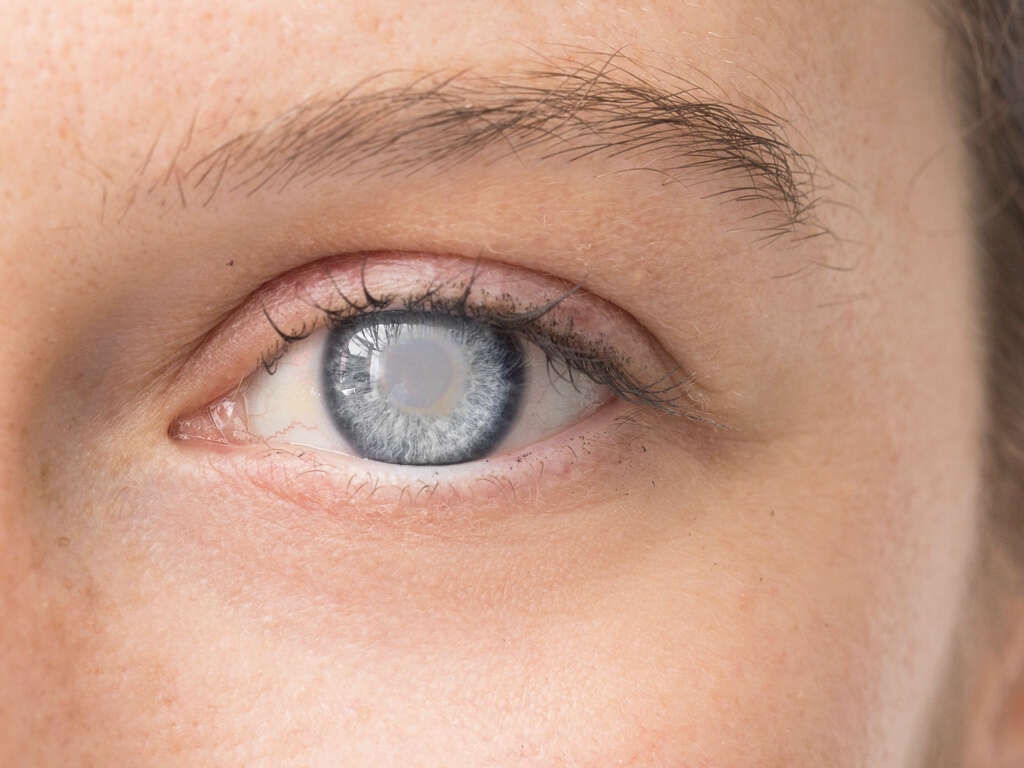
1. Cataracts
Cataracts are a condition that affects the lens of the eye. This structure is also known as the crystalline and it is the one in charge of refracting light to the retina. Additionally, it adjusts its shape constantly (accommodation) so we can focus sharp images in the back of our eye. The crystalline is normally clear; however, its clouding or opacification can be caused by cataracts. Risk factors for cataracts include aging, previous eye-trauma, and long-standing diabetes.
In cataracts, visual changes like diplopia, blurry vision, sensitivity to light, and impaired night vision occur gradually. Moreover, people with cataracts can experience monocular diplopia or double vision. In this case, the light that enters the eye can become scattered by the defect in the lens causing multiple images in their vision. Fortunately, cataracts can be treated surgically. The affected lens can be removed and replaced by an artificial lens in a swift procedure that will greatly improve vision for most patients.

2. Strabismus
Strabismus is a visual disorder in which there is a misalignment of one eye in relation to the other. As a result, the eyes fail to simultaneously focus on the same image. Hence, this condition is a common cause of binocular diplopia. Strabismus can be present since birth; however, it can also appear as a recurrence of childhood strabismus or it can have a new onset in adulthood.
Importantly, if the misalignment is present from childhood, it is unlikely that double vision will be reported as a symptom. This occurs because the developing brain in a child will actively suppress one of the images to avoid double vision. Unfortunately, if congenital strabismus is left untreated, amblyopia or permanent visual impairment can occur in the eye where the image is constantly suppressed. Conversely, adults with strabismus will commonly report double vision. This occurs because their brain has been trained to process images from both eyes. New-onset strabismus in adults can result from many conditions including strokes, thyroid eye disease, and tumors.
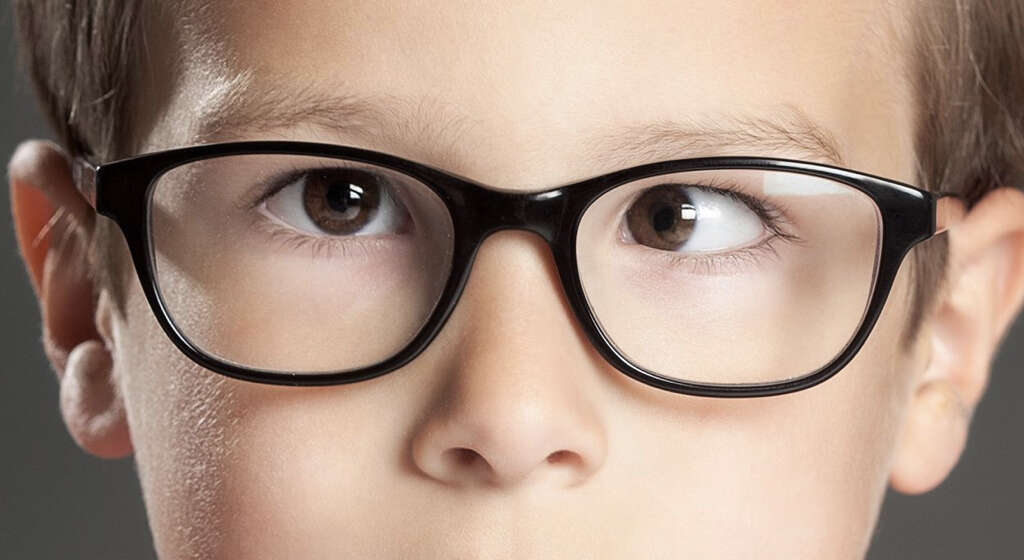
3. Refractive Errors
Refractive errors can impair vision, making it hard to see clearly. Specifically, astigmatism can cause blurred vision at any distance. Recall that astigmatism is caused by an abnormally- shaped cornea that prevents light from focusing adequately on the retina. Additionally, it can also occur when the lens of the eye has an abnormal shape.
In some cases, this refractive error can cause double vision. In fact, astigmatism is a common example of monocular diplopia. If you are experiencing constant headaches, blurry vision at different distances, eye discomfort, and/or double vision you should schedule an appointment with your eye doctor. This is important because astigmatism is easily treatable (eyeglasses, contact lenses) and the best way to diagnose it is through an eye exam.
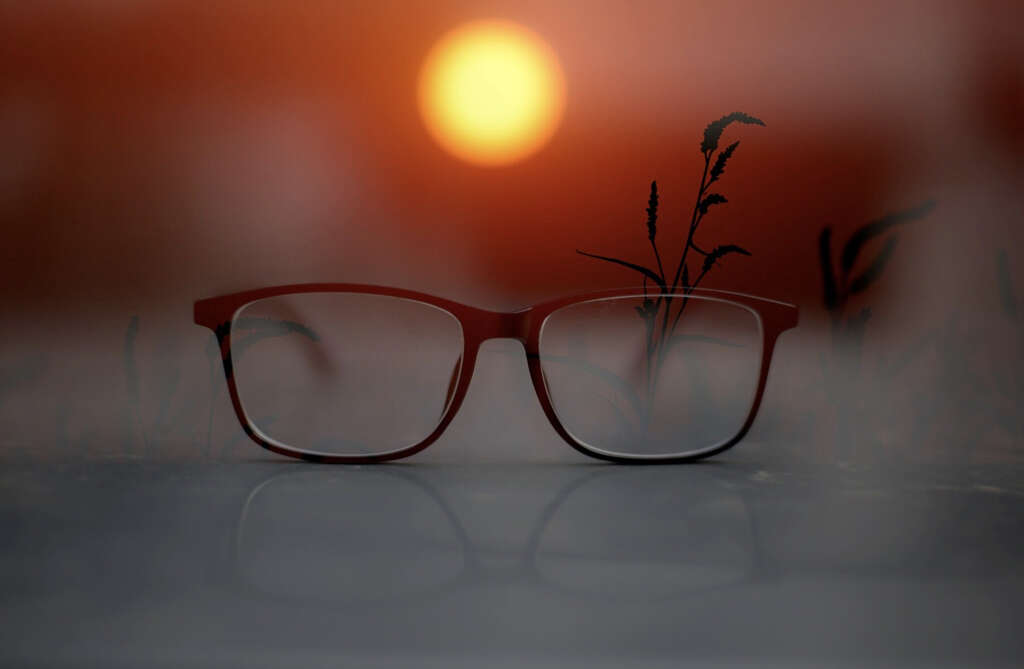
4. Dry Eye Syndrome
Dry eye syndrome is a disease that involves the surface of the eye. It is characterized by a loss of equilibrium among the components of the liquid layer (tear film) that bathes the outer layers of the eye (cornea and the conjunctiva). The mechanisms of dry eye syndrome are classically divided into aqueous deficient (inadequate tear production) and evaporative (increased tear film evaporation). However, many people can have a combination of these mechanisms. Furthermore, there are many potential causes that contribute to the development of this condition: systemic diseases, medications, surgeries, and ocular factors.
People with dry eye syndrome can experience a variety of symptoms which include a gritty sensation in the eyes, tearing, burning, pain, redness, and tired eyes. In addition, dry eye disease can cause monocular diplopia and blurry vision because the dryness makes the tear film uneven.
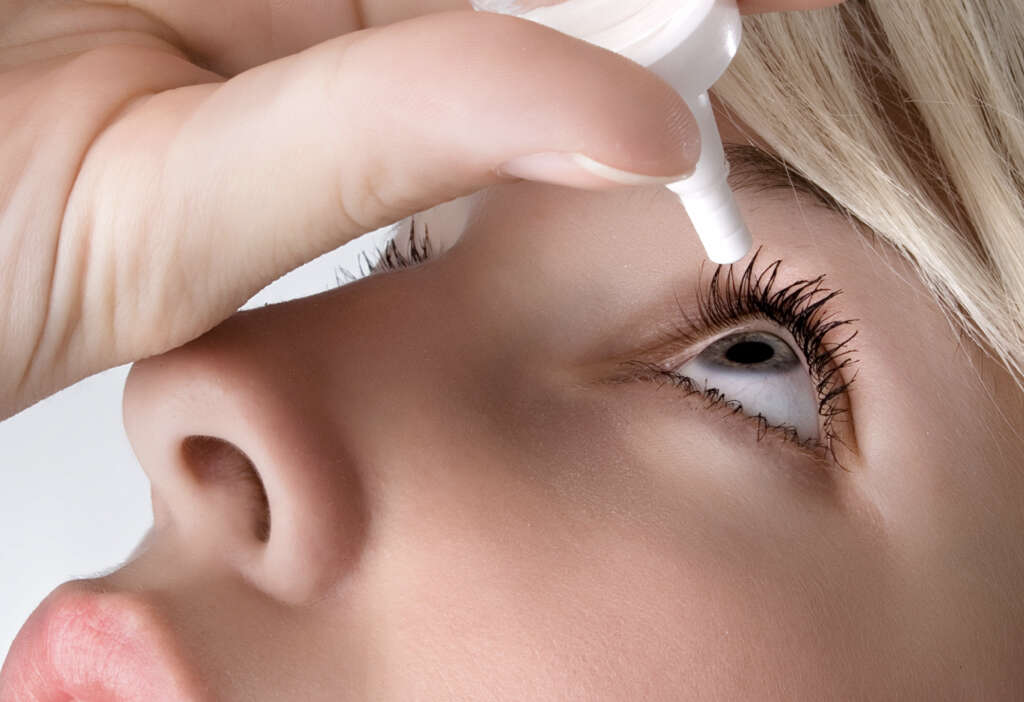
5. Thyroid Eye Disease
Thyroid eye disease or Graves’ ophthalmopathy is a manifestation of Graves’ disease, which is an autoimmune condition that results in the enlargement of the gland and the overproduction of thyroid hormones (hyperthyroidism). As a result, the body enters a hypermetabolic state (i.e. fast pulse, sweating, heat intolerance, weight loss). In part, this occurs because the thyroid gland is constantly stimulated by circulating immune proteins (autoantibodies) that target specific receptors. However, this immune response can also target the eye muscles and the fat within the eye socket, resulting in an inflammatory process that produces the swelling and scarring of those tissues.
People with Graves’ ophthalmopathy can develop several signs and symptoms, including binocular diplopia or double vision. This symptom is a sign of severe disease and it is caused by the inflammation and thickening (scarring) of the muscles that move the eyes within the socket. This interferes with eye movement and causes diplopia.
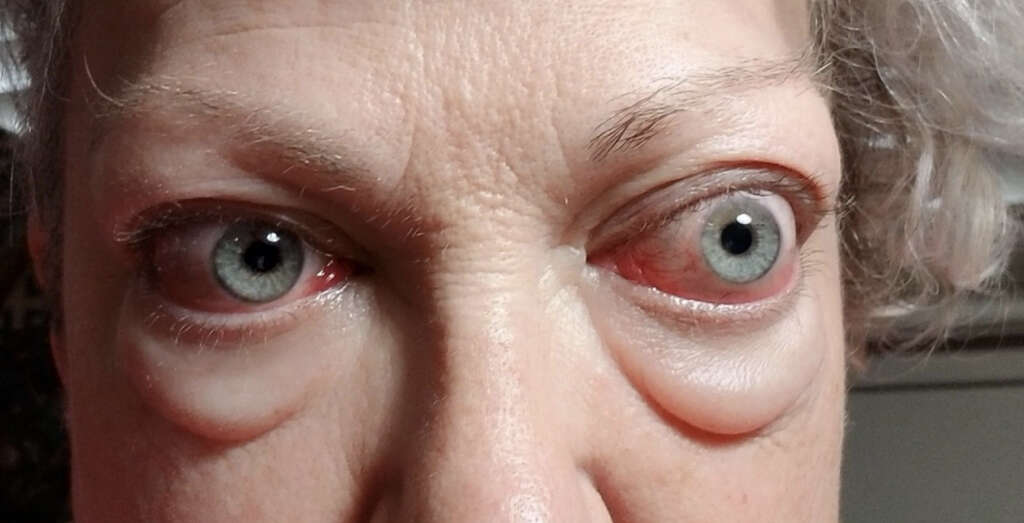
6. Cranial Nerve Palsies
The body has twelve pairs of nerves that emerge directly from the brain and control most motor and sensory functions of the head and neck. These are known as cranial nerves (CN) and, like any other nerve in the body, they are susceptible to injury. A cranial nerve palsy involves a decrease or loss of the nerve’s function.
Binocular diplopia or double vision can occur due to CN palsies. Cranial nerves III (oculomotor), IV (trochlear), and VI (abducens) control the position of our eyes by innervating the muscles that move them. However, if these nerves are injured by any sort of brain damage they can cause a variety of ocular signs and symptoms related to impaired eye movements. CN III, IV, VI palsies can share many possible causes such as aneurysms, microvascular CN palsies (blood flow is blocked in tiny blood vessels that supply the nerves), trauma, infections (i.e. meningitis), and tumors.

7. Myasthenia Gravis
Myasthenia gravis is a neuromuscular disease where the immune system produces proteins (autoantibodies) that mistakenly target the places where nerves transmit impulses to muscles (receptors). As a result, muscles constantly receive the signal to contract; however, this makes them prone to fatigue and produces muscle weakness that worsens with use.
When myasthenia gravis affects the eyes (50% of cases), patients commonly report drooping of one or both upper eyelids and/or double vision1Edsel B Ing, M. (2020, June 11). Ophthalmologic Manifestations of Myasthenia Gravis. Retrieved November 18, 2020, from https://emedicine.medscape.com/article/1216417-overview. In this case, binocular diplopia occurs because the muscles that move the eyes within the socket become affected. Other manifestations of the disease include swallowing difficulties, slurred speech, hoarseness, and shortness of breath. In general, these symptoms tend to improve with rest and worsen in the second half of the day.
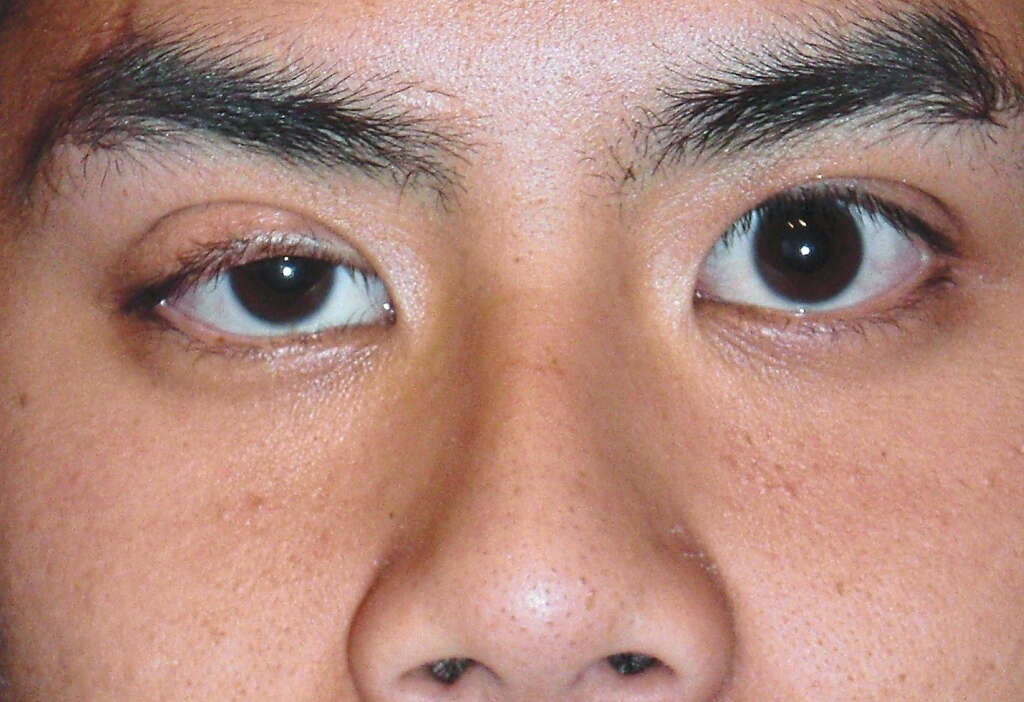
8. Orbital Infections
As you may already know, the orbit of the eye refers to the cavity in our skull where the eye and all its appendages are located. When a person presents to the emergency department with signs of inflammation in the orbit (i.e. warmth, pain, redness, swelling), the first possible diagnosis a doctor should think of is an infectious process (in the absence of a trauma history). Furthermore, infections of the orbit can be caused by a myriad of pathogens, which include bacteria, fungi, and parasitic agents. In addition, the origin of the infection can be varied: eyelids, face, sinuses, dental abscess, or distant sources.
Since the orbit is a very tight space, any swelling secondary to an inflammatory process can lead to the compression of the structures within the orbit. As a result, it is possible for the muscles that move the eyeball (extraocular muscles) to become compromised and for the patient to develop diplopia or double vision.
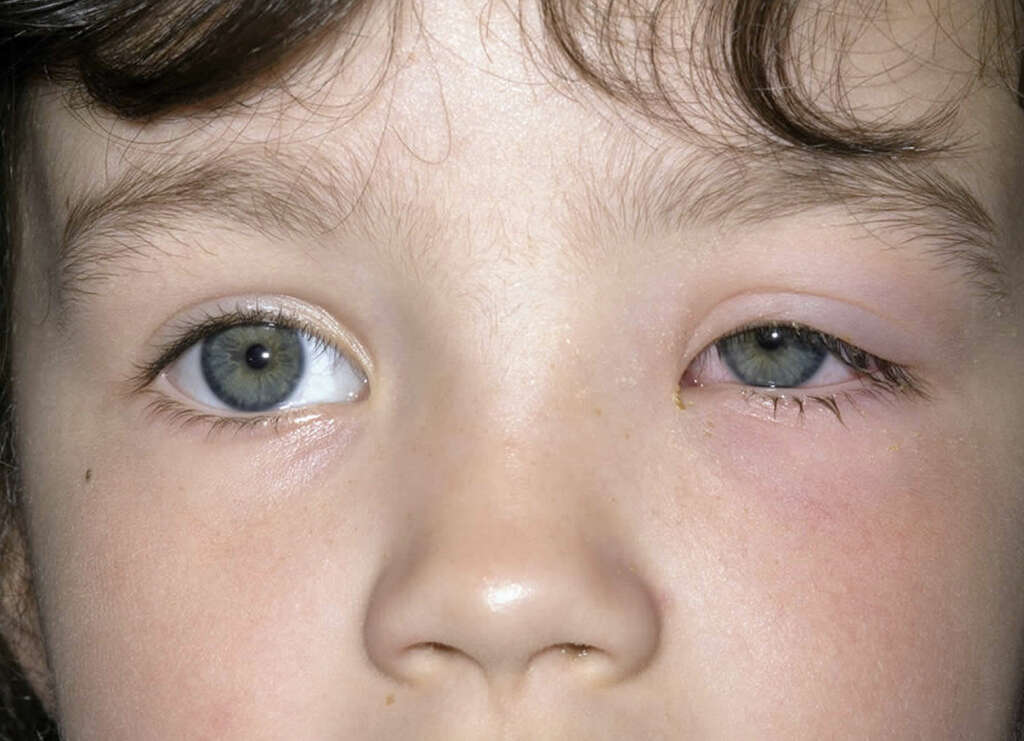
9. Trauma to the Orbit
Traumatic injury to the eye is a preventable cause of blindness and it accounts for three percent of all visits to the emergency department2Neeraj N Mathur, M. (2020, May 12). Orbital Fractures. Retrieved November 18, 2020, from https://emedicine.medscape.com/article/867985-overview. One example of a traumatic injury to the eye is a blowout fracture, where one or more of the bones that surround the eye break from the force of the trauma. A person with a blowout fracture can experience pain and/or double vision on vertical eye movements.
A blowout fracture can cause entrapment of one of the muscles that mainly works to move the eyeball downward (inferior rectus muscle) within the orbital defect. As a result, the affected person will be unable to elevate the eye and will experience vertical diplopia (vertical alignment of the images).

10. Medications
Medications are often successful in treating or managing medical conditions. However, this does not mean that they won’t cause unwanted side effects in some people. For instance, certain drugs can contribute to ocular dryness. As a result, the affected person can experience monocular diplopia or double vision. Examples of such drugs include antihistamines (allergy treatments), antidepressants, and diuretics3Suhr, C. L., OD, Chubb, L., OD, & Himmelein, L., OD. (2019, August 15). Top Causes of Double Vision. Retrieved November 18, 2020, from https://www.reviewofoptometry.com/article/top-causes-of-double-vision.
Similarly, but less frequently, some medications can induce binocular diplopia. Examples of such drugs include anticonvulsants, antidepressants (selective serotonin reuptake inhibitors), medications for erectile dysfunction (i.e. sildenafil), migraine therapies, among others3Suhr, C. L., OD, Chubb, L., OD, & Himmelein, L., OD. (2019, August 15). Top Causes of Double Vision. Retrieved November 18, 2020, from https://www.reviewofoptometry.com/article/top-causes-of-double-vision. If your doctor starts you on a new medication and, as a result, you begin to experience double vision or any other unwanted effects don’t hesitate to contact your healthcare provider.



